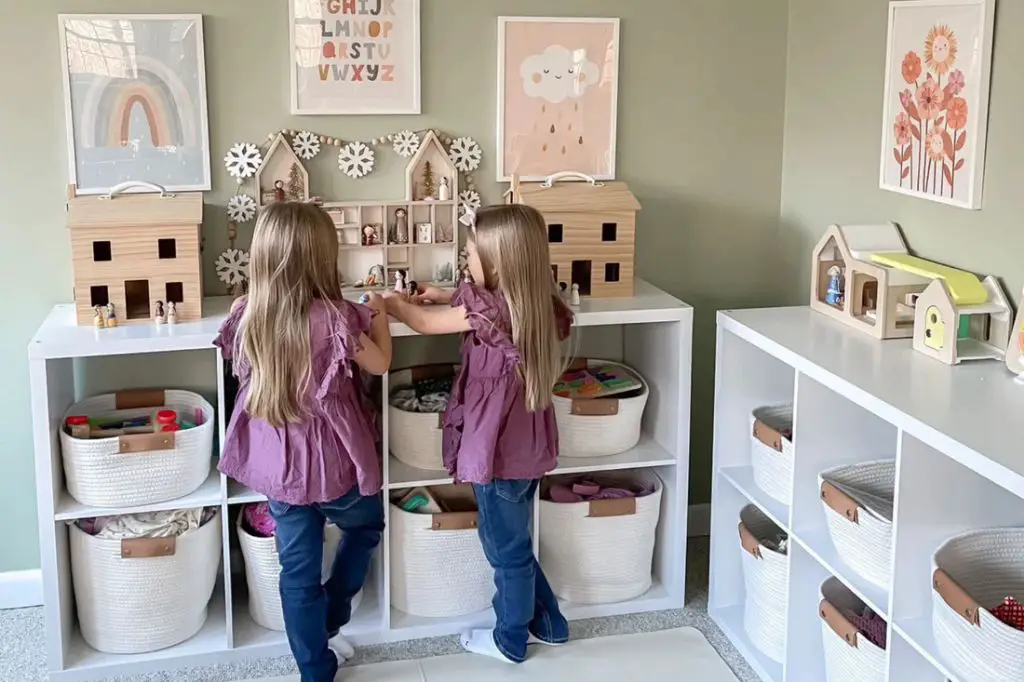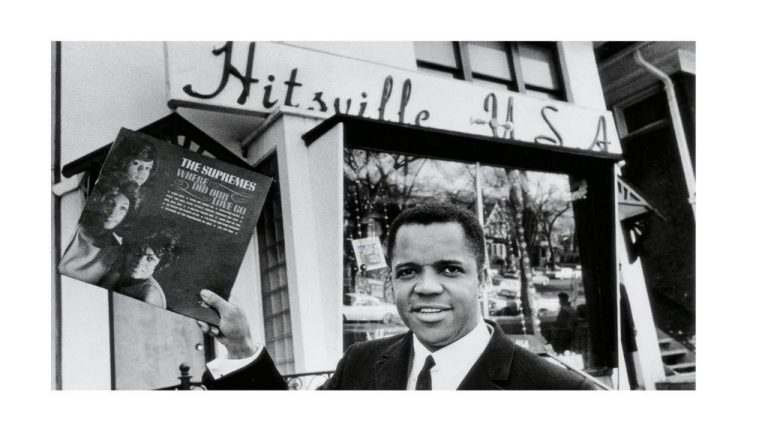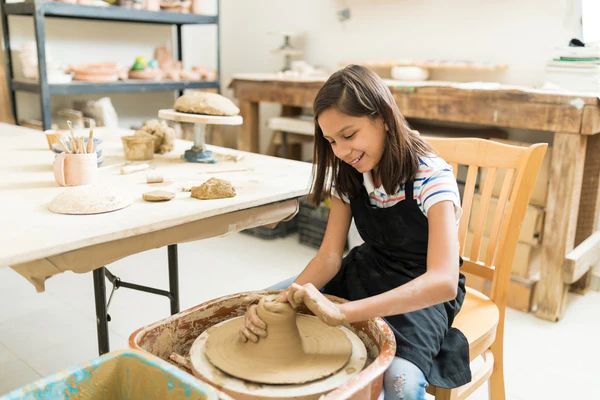What Does Every Craft Room Need?
A craft room is a dedicated space in the home for engaging in arts, crafts, and other creative hobbies. The purpose of this article is to explore the essential elements that every well-equipped craft room needs in order to foster creativity, inspire projects, and provide an enjoyable environment for crafters.
Having a specially designated craft room allows crafters to keep all their supplies and tools organized in one place, saving time and frustration. It also provides a quiet, comfortable spot for focusing on creative work without distractions. The ideal craft room contains features to aid productivity, spark inspiration, and accommodate a range of artistic mediums and activities.
In the following sections, we will take a look at the must-have components for building your dream craft room, from storage solutions to furniture to lighting and more. With the right furnishings and setup, your craft room can become your personal creative haven and the perfect place to pursue all your favorite hobbies.
Good Lighting
Proper lighting is essential for any craft room. Good lighting allows crafters to see their work clearly and accurately, reducing eye strain and mistakes. The ideal craft room lighting setup includes natural light, overhead lighting, and task lighting.
Natural light from windows is ideal for craft rooms whenever possible. Position work tables near windows that provide ample sunshine. Natural light reduces eyestrain and utility costs. Consider adding skylights if your craft room lacks windows. When relying on natural light, have a backup lighting plan for overcast days or nighttime crafting.
Overhead lighting should illuminate the entire room. Pot lights, pendant lamps, and flush mount fixtures work well overhead. Choose bulbs with at least 5000K color temperature to provide bright white light. Dimmer switches allow flexibility in overhead lighting levels.
Task lighting puts light directly on the workspace. Desk lamps, track lighting, under-cabinet lights and strip lighting all make excellent task lighting. Position task lighting to eliminate shadows on work areas. Gooseneck lamps allow flexibility in directing the light. Use bulbs with high color accuracy like 5000K to 6000K for task lighting.
Ample Storage
Having ample storage space is essential in any well-organized craft room. You’ll want plenty of options like shelves, bins, baskets and drawers to neatly store all your supplies and projects.
Shelving is a great way to maximize vertical storage space on the walls. Sturdy shelving units with adjustable shelves allow you to customize the storage to fit your needs. Wooden shelves add warmth, while metal shelving tends to have a more modern look. https://www.pinterest.com/plaidcrafts/craft-room-storage/

Bins and baskets are ideal for corralling smaller items like scissors, adhesives, embellishments and more. Choose baskets in different sizes that nest together neatly. Clear plastic bins let you easily identify contents. Labels allow for quick organization.
Drawers provide concealed storage that keeps items free of dust and damage. Use drawers of different sizes for everything from markers and paints to larger tools. Drawers on rolling carts can easily move around the room.
Ample Work Surfaces
Every crafter needs ample work surfaces in their craft room to spread out projects and materials. The ideal work surfaces for a craft room include:
Tables
Tables provide a large, flat surface for working on projects. Look for sturdy tables that won’t wobble and are the right height for you. Craft tables often have features like storage cubbies, fold-down leaves, and wheels for mobility.
Counters
Counters lined along the walls make great extra work space for assembling and layout. Built-in counters with pegboard above maximize vertical storage. Portable rolling carts with counters on top add flexible workspace.
Portable Work Stations
Portable work stations like lap desks, standing desks, and wheeled trays allow you to easily move your workspace around the room or work in a comfortable position. Consider your crafting style and choose portable options that suit your needs.
Seating
One of the most important elements of a craft room is seating. You’ll want comfortable chairs that allow you to work for extended periods without pain or fatigue. Opt for ergonomic desk chairs with adjustable heights and lumbar support (1). Stools are another great seating option, allowing you to perch while working on crafts. Look for sturdy stools with foot rests or rings (2). Having a variety of seating options will enable you to switch positions as needed. Proper seating helps prevent back and neck strain so you can craft comfortably.
(1) https://www.pinterest.co.uk/craftdencreate/den-things/
(2) https://www.lemon8-app.com/ashleyrosereeves/7246736485444174341?region=us
Organization Tools
Keeping your craft supplies organized is key to having an efficient and functional craft room. Some essential organization tools to consider include:
Pegboards – Mount pegboards on the wall to hang small tools and supplies like scissors, pliers, paint brushes, etc. This keeps everything visible and easily accessible. A pegboard with adjustable hooks allows you to customize the spacing.
Labelling – Clearly labelling bins, baskets, shelves, drawers, etc. makes it easy to identify and locate items when you need them. Use labels to designate certain zones or categories of supplies. Labelling helps avoid wasting time searching.
Sorting trays – Install shelves with small sorting trays or bins for organizing little items like beads, buttons, embellishments, hardware, and more. This keeps like items together and makes small pieces easy to identify and access.
Investing in organization systems tailored to your specific craft storage needs will help you operate more efficiently and make the most of your available space.
Craft Supplies
Having the right craft supplies on hand is essential for any well-stocked craft room. Some of the key supplies to have include:
Fabric – A variety of fabric scraps, felt sheets, sewing notions, and embellishments like buttons and ribbons are must-haves. According to Crafter’s Companion, fabric opens up projects like sewing, quilting, embroidery, and fabric crafts.https://www.crafterscompanion.com/blogs/inspiration/essential-craft-supplies-for-beginners
Paper – Craft paper, cardstock, origami paper, and more allow for paper crafts galore. Per List of Craft Items, key paper supplies include construction paper, scrapbook paper, vellum, tissue paper, and more.https://modpodgerocksblog.com/list-of-craft-items/
Paint – Acrylic craft paint, watercolors, and other paint mediums open up painting projects. Our List of Essential Craft Supplies recommends having an array of colors on hand.https://supersimple.com/article/our-list-of-essential-craft-supplies/
Glue – Glue sticks, liquid glue, hot glue guns, and other adhesives allow for assembling and embellishing projects. Crafter’s Companion recommends tacky glue, glue dots, double-sided tape, and more.https://www.crafterscompanion.com/blogs/inspiration/essential-craft-supplies-for-beginners
Tools
No craft room is complete without a selection of essential tools. While there are many specialty tools for various crafts, here are some of the most useful basic tools that every well-stocked craft room needs:
Scissors: A good pair of scissors is indispensable. Look for a pair that is comfortable and sharp. Both right-handed and left-handed scissors are available. For papercrafts, a small pair of detail scissors can be useful for intricate cuts. Embroidery scissors have a sharp point ideal for cutting thread and fabric. Craft stores offer many great options.
Rulers: Rulers come in many sizes and materials like clear acrylic, wood, or metal. Long rulers allow you to measure and draw straight lines. Smaller rulers work well with stencils. Grid rulers help with layout and proportions. Rotary cutters require using rulers as guides. Rulers marked in both metric and imperial units provide added flexibility.
Brushes: Paint brushes are available in a range of bristle types, shapes, and sizes. Look for brushes suited to the paint medium and craft project. Softer bristles work well with watercolors while stiffer bristles can handle thicker acrylics and oils. Flat brushes provide broad strokes while angled brushes offer more control. Detail brushes have fine tips.
Pliers: Look for pliers with comfortable, cushioned handles. Needle nose pliers are useful for bending and shaping thin metal wires. Flat nose pliers grip better for tasks like opening jump rings. Nail clippers double as small flush cutters to trim wire ends. Pliers help with jewelry making, sculpting, and assembling small craft components.
Safety Equipment
Having proper safety equipment in your craft room is extremely important to prevent and respond to accidents or injuries. Two essential pieces of safety equipment that every craft room needs are a first aid kit and a fire extinguisher.
A well-stocked first aid kit is a must to treat minor injuries like cuts, burns, or splinters that can happen while crafting. The kit should include bandages, gauze, antibiotic ointment, tweezers, scissors, pain medication, antiseptic wipes, thermometer, gloves, etc. It’s advisable to check and replenish the first aid kit contents periodically.
It’s also vital to have a fire extinguisher placed in an easily accessible location in the craft room. Many crafting activities like soldering, wood-burning, or candle-making involve fire hazards. Having a fire extinguisher on hand can help suppress a small fire quickly before it spreads and causes major damage. Get an ABC type extinguisher which can put out fires caused by paper, wood, textiles, flammable liquids etc.
Check out this article on craft room safety for more tips – https://www.cardmonkeyspaperjungle.com/2014/04/the-most-important-blog-post-youll-read.html
Conclusion
In summary, every craft room requires certain essential elements to function effectively. Good lighting, whether natural or artificial, allows crafters to see their work clearly. Ample storage, including cabinets, shelves, baskets and bins, keeps supplies organized and accessible. Dedicated work surfaces like tables and counters provide space to layout materials and complete projects. Comfortable seating enables working for extended periods without fatigue. Organization tools like pegboards, trays, and hangers help maintain tidy workspaces. Of course, no craft room is complete without a stocked stash of craft supplies like paper, fabric, yarn, paints, beads, and more. The right tools suited to the types of crafts being done are a necessity. Lastly, safety equipment including first aid kits, fire extinguishers, and ventilation helps prevent accidents.
With these key components addressed, any crafter can create their ideal crafting sanctuary. A thoughtfully designed and equipped craft room allows the creative spirit to flourish.


